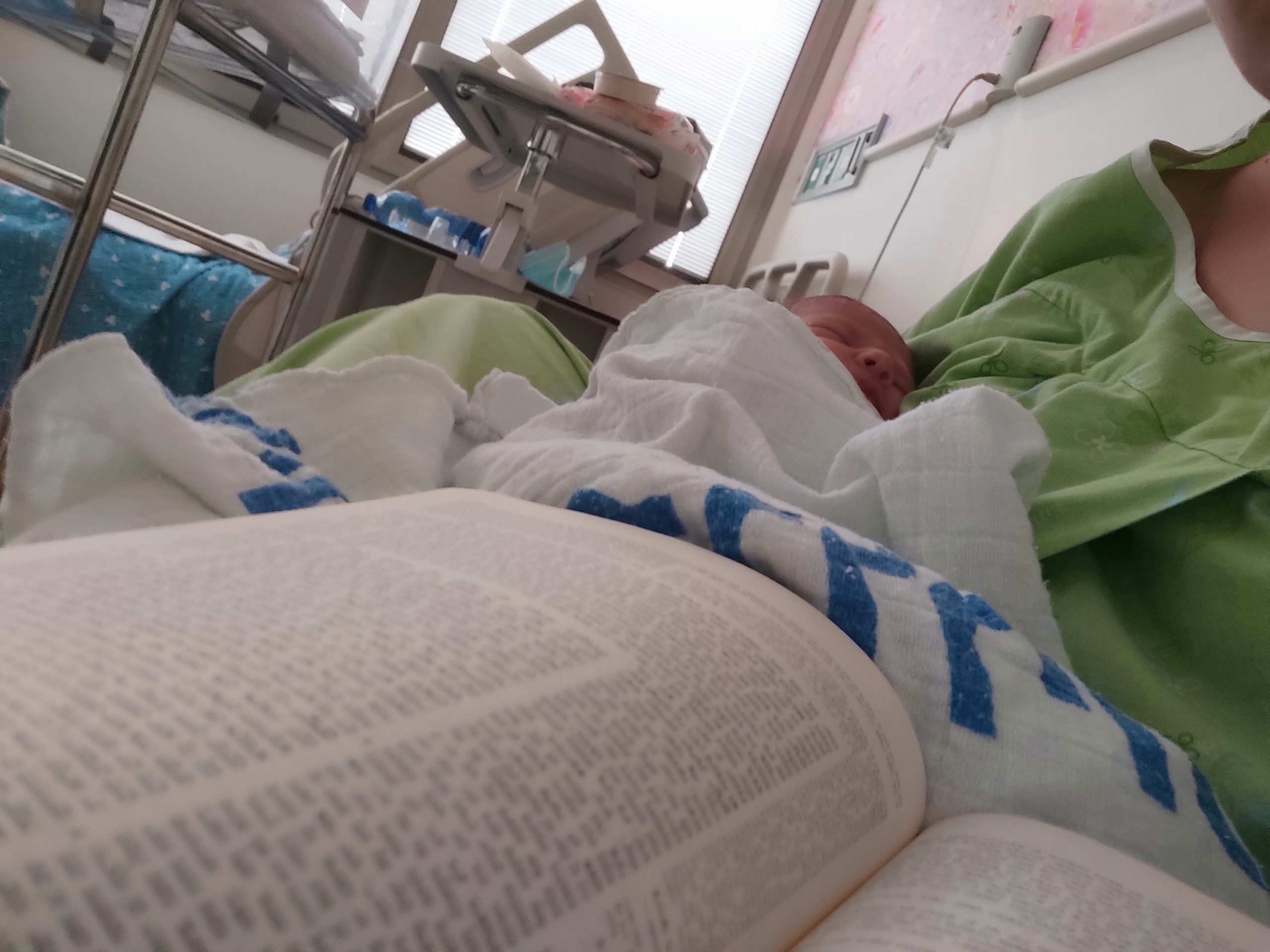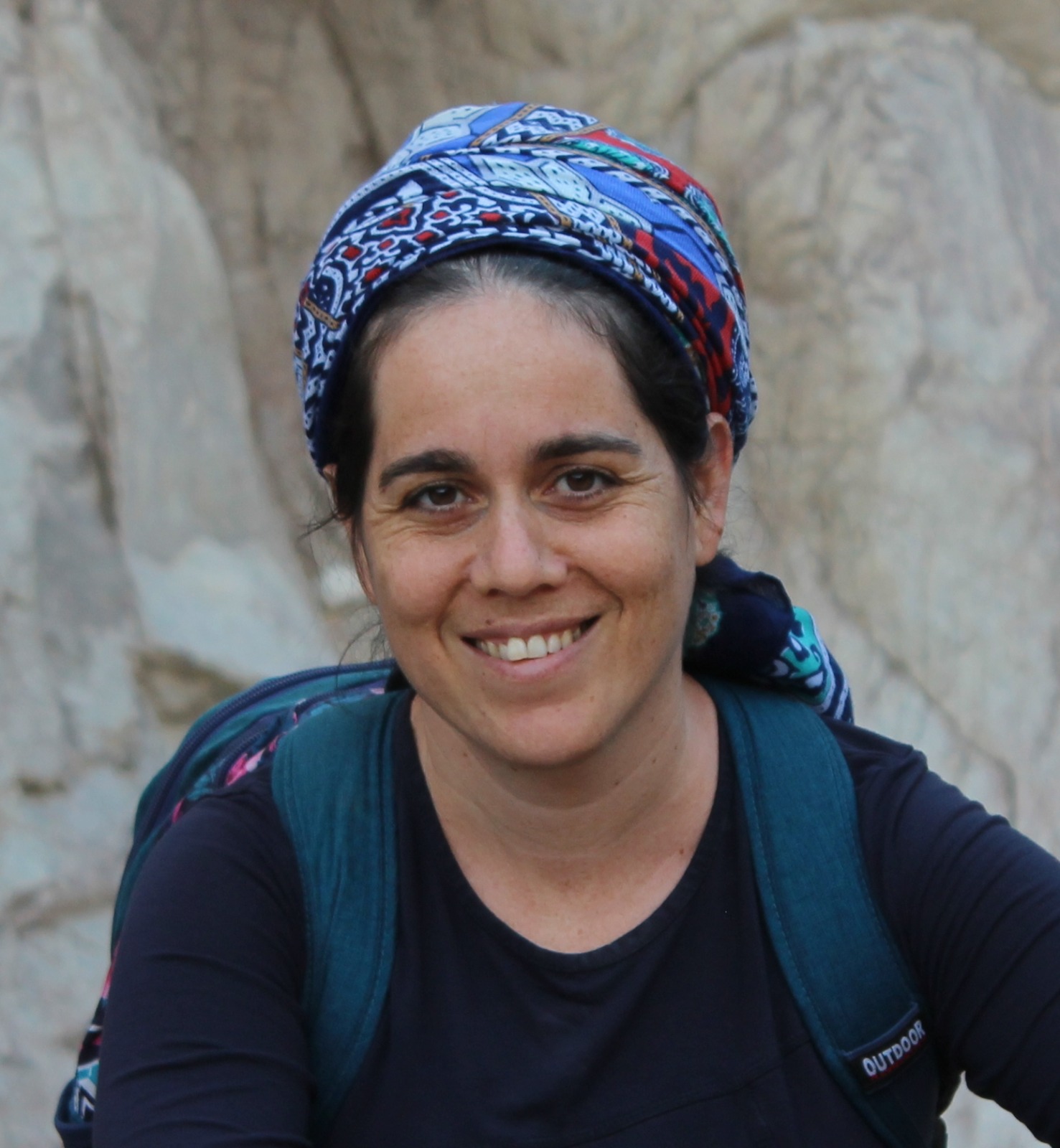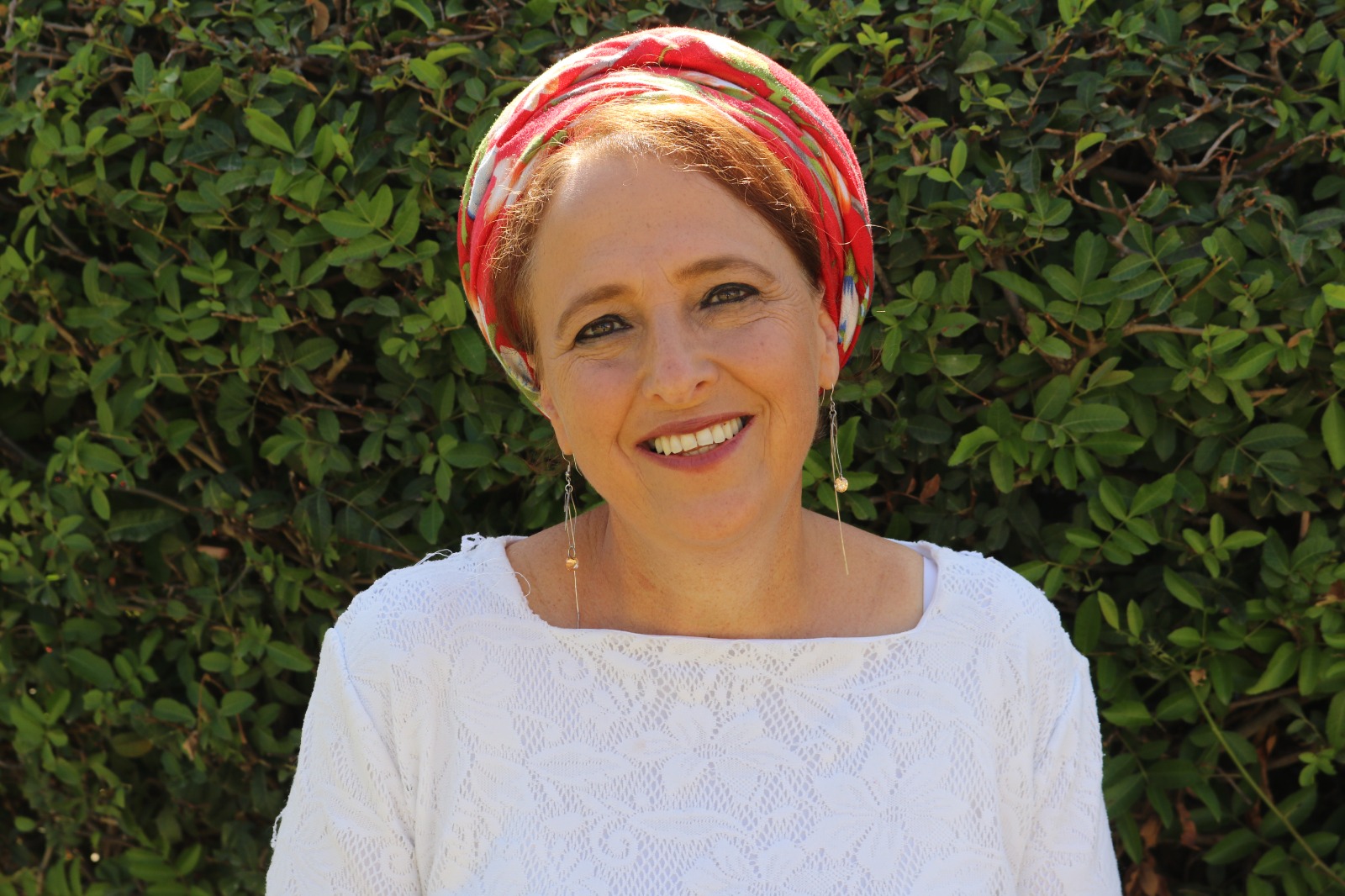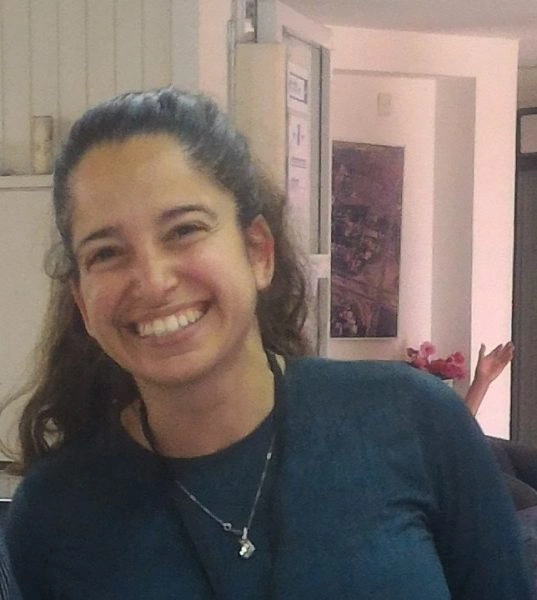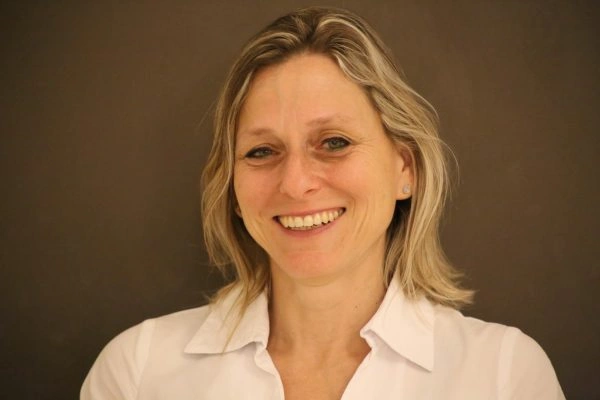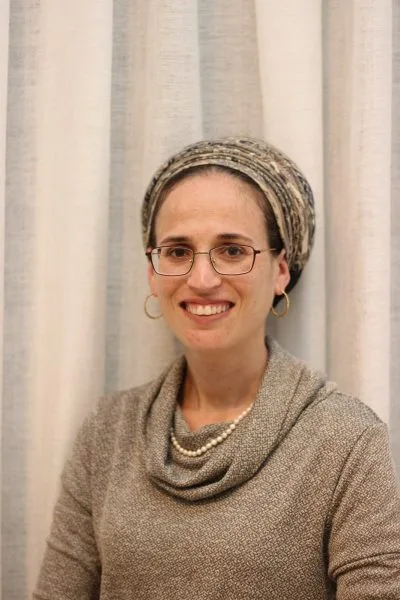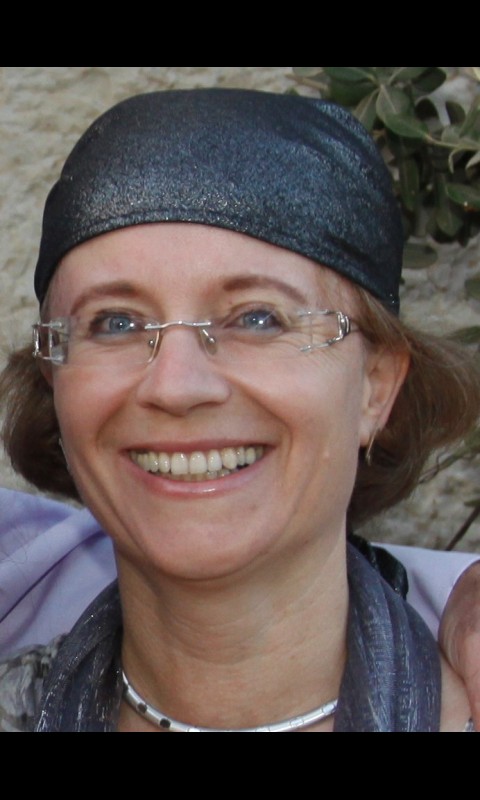האם יש לשחוט עוף מדין תורה או מדרבנן? כשאומרים סימן אחד בעוף – האם הכוונה לוושט או קנה או לוושט דווקא? אם שחט בדיוק חצי סימן, האם זה נחשב שאין רוב שלא נשחט וכשרה או אין רוב שנשחט ופסולה?
לימוד השבוע מוקדש ע”י טינה לם לע”נ יצחק מאיר בן הרב צבי אריה ואסתר בתיה.
רוצים להקדיש למידה? התחל כאן:
לימוד השבוע מוקדש ע”י טינה לם לע”נ יצחק מאיר בן הרב צבי אריה ואסתר בתיה.
העמקה
רוצה להבין מה באמת קורה מתחת לפני השטח של הסוגיה?
שיעורים, פודקאסטים והרחבות של מיטב המורות שלנו יפתחו לך עוד זוויות וכיווני חשיבה.
חדשה בלימוד הגמרא?
זה הדף הראשון שלך? איזו התרגשות עצומה! יש לנו בדיוק את התכנים והכלים שיעזרו לך לעשות את הצעדים הראשונים ללמידה בקצב וברמה שלך, כך תוכלי להרגיש בנוח גם בתוך הסוגיות המורכבות ומאתגרות.
פסיפס הלומדות שלנו
גלי את קהילת הלומדות שלנו, מגוון נשים, רקעים וסיפורים. כולן חלק מתנועה ומסע מרגש ועוצמתי.
חולין כח
מאי לאו בעוף דקא בעי ליה לדמיה ליניכא לא בחיה דקא בעי ליה לדמיה ללכא:
What, is it not referring to a bird, as he requires its blood to remove a moth from his garments? If so, apparently birds require slaughter by Torah law, as, if that were not the case, then even if a bird were stabbed, covering of the blood would be required. The Gemara rejects that proof: No, the baraita is referring to an undomesticated animal, as he requires its blood to use as a red dye [lelakka] Therefore, no proof may be cited from this baraita that birds require slaughter by Torah law.
ת”ש מלק בסכין מטמא בגדים אבית הבליעה ואי אמרת אין שחיטה לעוף מן התורה נהי נמי דכי תבר ליה שדרה ומפרקת הויא לה טרפה תהני לה סכין לטהרה מידי נבלה
The Gemara cites proof from a mishna (Zevaḥim 68a): Come and hear: If one cut the nape of the neck of a sacrificial bird with a knife instead of pinching it with his fingernail, this bird carcass renders the garments of one who eats the bird ritually impure when the meat is in his throat. The Gemara explains the proof: And if you say that slaughter of a bird is not obligatory by Torah law, then although when cutting the bird from the nape, he breaks the spine and the neck bone with the knife before severing the gullet and windpipe, and it indeed becomes a tereifa and may not be eaten, cutting the simanim with the knife should be effective to purify it, i.e., to prevent it from assuming the status of an unslaughtered carcass. The fact that the garments of one who swallows the meat of the bird become ritually impure indicates that slaughter is the only method effective in permitting the consumption of a bird and for preventing it from assuming the status of an unslaughtered carcass.
הוא דאמר כי האי תנא דתניא ר”א הקפר ברבי אומר מה ת”ל (דברים יב, כב) אך כאשר יאכל את הצבי וגו’ וכי מה למדנו מצבי ואיל מעתה
The Gemara rejects that proof: Although it is clear from that mishna that slaughter of birds is obligatory by Torah law, Rabbi Yitzḥak ben Pineḥas states his opinion in accordance with the opinion of that tanna who holds that it is not obligatory by Torah law, as it is taught in a baraita that Rabbi Elazar HaKappar, the distinguished Sage, says: What is the meaning when the verse states: “However, as the gazelle and as the deer is eaten, so shall you eat of it” (Deuteronomy 12:22)? And what now have we derived from the gazelle and the deer with regard to disqualified consecrated animals?
הרי זה בא ללמד ונמצא למד מקיש צבי ואיל לפסולי המוקדשין מה פסולי המוקדשין בשחיטה אף צבי ואיל בשחיטה ועוף אין לו שחיטה מדברי תורה אלא מדברי סופרים
These two undomesticated animals come in the verse to teach a halakha with regard to disqualified consecrated animals, and it is found that a halakha is derived from the case of disqualified consecrated animals in their regard. The Torah juxtaposes a gazelle and a deer to disqualified consecrated animals to teach: Just as disqualified consecrated animals are rendered fit for consumption through slaughter, so too, a gazelle and a deer are rendered fit for consumption only through slaughter. But for a bird, slaughter is not obligatory by Torah law; rather, the obligation is by rabbinic law.
מאן תנא דפליג עליה דרבי אלעזר הקפר רבי היא דתניא רבי אומר (דברים יב, כא) וזבחת כאשר צויתיך מלמד שנצטוה משה על הושט ועל הקנה ועל רוב אחד בעוף ועל רוב שנים בבהמה:
The Gemara asks: Who is the tanna who disagrees with Rabbi Elazar HaKappar and holds that the slaughter of a bird is obligatory by Torah law? It is Rabbi Yehuda HaNasi, as it is taught in a baraita: Rabbi Yehuda HaNasi says: The Torah states: “And you shall slaughter of your herd and of your flock, which the Lord has given you, as I have commanded you” (Deuteronomy 12:21). This verse teaches that Moses was previously commanded about the halakhot of slaughter, even though they are not written explicitly in the Torah. He was commanded about cutting the gullet and about cutting the windpipe, and about the requirement to cut the majority of one siman for a bird, and the majority of two simanim for an animal.
אחד בעוף: איתמר ר”נ אמר או וושט או קנה רב אדא בר אהבה אמר וושט ולא קנה ר”נ אמר או וושט או קנה אחד קתני אחד כל דהו רב אדא בר אהבה אמר וושט ולא קנה מאי אחד מיוחד
§ The mishna teaches that in the case of one who cuts one siman in a bird, his slaughter is valid. It was stated that there is an amoraic dispute with regard to this matter. Rav Naḥman said: One may cut either the gullet or the windpipe. Rav Adda bar Ahava said: One must cut the gullet for the slaughter to be valid, but cutting the windpipe is not sufficient. The Gemara explains the formulation of the mishna according to the opinion of each amora. Rav Naḥman said: One may cut either the gullet or the windpipe. One siman is taught in the mishna, meaning that the slaughter is valid if he severs one, indicating that either siman is valid. Rav Adda bar Ahava said: One must cut the gullet for the slaughter to be valid, but cutting the windpipe is not sufficient. What is the meaning of: One, in the mishna? It means the special one, the gullet.
(סימן שחט חצאין גרגרת פגימה דחטאת העוף)
The Gemara provides a mnemonic for the proofs to be cited by the Gemara: Slaughter, halves, windpipe, deficiency, of a bird sin offering.
מיתיבי שחט את הוושט ואחר כך נשמטה הגרגרת כשרה נשמטה הגרגרת ואח”כ שחט את הוושט פסולה שחט את הוושט ונמצאת גרגרת שמוטה ואינו יודע אם קודם שחיטה נשמטה אם לאחר שחיטה נשמטה זה היה מעשה ואמרו כל ספק בשחיטה פסולה ואילו שחיטה בגרגרת לא קתני
The Gemara raises an objection to the opinion of Rav Naḥman from a baraita: If one cut the bird’s gullet and thereafter the windpipe was displaced, the slaughter is valid. If the windpipe was displaced and thereafter he cut the gullet, the slaughter is not valid. With regard to a case where one cut the gullet and the windpipe was found displaced and he does not know if it was displaced prior to the slaughter or if it was displaced after the slaughter, that was an incident that transpired, and the Sages said: In any case of uncertainty with regard to slaughter, the slaughter is not valid. The baraita mentions only the case of cutting the gullet, while cutting the windpipe is not taught. The baraita supports the opinion of Rav Adda bar Ahava and is contrary to the opinion of Rav Naḥman.
משום דגרגרת עבידא לאישתמוטי
The Gemara rejects that proof: The baraita mentions only the cutting of the gullet and displacement of the windpipe not because slaughter may be performed only by cutting the gullet. Rather, those scenarios were mentioned because the windpipe, unlike the gullet, is likely to be displaced.
ת”ש שחט שני חצאי סימנין בעוף פסולה ואין צריך לומר בבהמה ר’ יהודה אומר בעוף עד שישחוט את הושט ואת הורידין משום דושט סמוך לורידין
The Gemara suggests: Come and hear a proof contrary to the opinion of Rav Naḥman from a baraita. If one cut two halves, one half of each of the simanim, in a bird, the slaughter is not valid, as the requirement is that a majority of one siman is cut; and needless to say the slaughter performed in that manner is not valid in the case of an animal, where the requirement is that a majority of both simanim are cut. Rabbi Yehuda says: In a bird the slaughter is not valid until he cuts the gullet and the veins; the veins must be cut so that the blood will drain from the body. The fact that Rabbi Yehuda mentions cutting only the gullet and not the windpipe indicates that slaughter is valid only when the gullet is cut. The Gemara rejects that proof: Rabbi Yehuda mentions only the gullet because the gullet is adjacent to the veins.
ת”ש שחט חצי גרגרת ושהה כדי שחיטה אחרת וגמר שחיטתו כשרה מאי לאו בעוף ומאי גמרה גמרה לגרגרת לא בבהמה ומאי גמרה גמרה לשחיטה כולה
The Gemara suggests: Come and hear proof in support of the opinion of Rav Naḥman from a baraita. If one cut half the windpipe and interrupted the slaughter for an interval equivalent to the duration of the slaughter of another animal, and then completed his slaughter, the slaughter is valid and it is not invalidated due to an interrupted slaughter. What, is the baraita not referring to the slaughter of a bird? And what does the term: Completed it, mean in the baraita? Doesn’t it mean that he completed cutting the windpipe, which he had started cutting, indicating that with the cutting of the windpipe the slaughter is valid, in accordance with the opinion of Rav Naḥman as opposed to the opinion of Rav Adda bar Ahava? The Gemara rejects that proof: No, the baraita is referring to slaughter of an animal, for which both simanim must be cut. And what does the term: Completed it, mean in the baraita? It means that he completed the entire slaughter.
ת”ש הרי שהיה חצי קנה פגום והוסיף עליו כל שהוא וגמרו שחיטתו כשרה מאי לאו בעוף ומאי גמרו גמרו לקנה לא בבהמה ומאי גמרו גמרו לוושט
The Gemara suggests: Come and hear proof in support of the opinion of Rav Naḥman from a baraita: In a case where half of the windpipe was deficient, i.e., somewhat cut, prior to the slaughter and the slaughterer added to that deficiency an incision of any size, and completed it, his slaughter is valid. What, is it not referring to the slaughter of a bird? And what does the term: Completed it, mean in the baraita? Doesn’t it mean that he completed cutting the majority of the windpipe, indicating that cutting the windpipe renders the bird fit for consumption? The Gemara rejects that proof: No, the baraita is referring to slaughter of an animal, for which both simanim must be cut. And what does the term: Completed it, mean in the baraita? It means that he completed the entire slaughter by cutting the gullet.
ת”ש כיצד מולקין חטאת העוף חותך שדרה ומפרקת בלא רוב בשר עד שמגיע לוושט או לקנה הגיע לוושט או לקנה חותך סימן אחד ורוב בשר עמו ובעולה שנים או רוב שנים תיובתא דרב אדא בר אהבה תיובתא
The Gemara suggests: Come and hear proof in support of the opinion of Rav Naḥman from a baraita: How does one pinch the nape of the neck of a bird sin offering? Using his thumbnail, the priest cuts the spine and the neck bone, without cutting through the majority of the surrounding flesh until he reaches either the gullet or the windpipe. Once he reaches the gullet or the windpipe, he cuts one siman with his nail and a majority of the surrounding flesh with it. And in the case of a bird burnt offering, he cuts the two simanim or the majority of the two simanim. The Gemara concludes: The refutation of the opinion of Rav Adda bar Ahava from this baraita is indeed a conclusive refutation.
מאי הוי עלה מאי הוי עלה כדקאמרת דלמא שאני התם דאיכא שדרה ומפרקת
The Gemara asks: What halakhic conclusion was reached about the matter? The Gemara asks in response: What halakhic conclusion was reached about the matter? It is as you said, that the opinion of Rav Adda bar Ahava was conclusively refuted. The Gemara says that there is not absolute proof from the baraita, as perhaps it is different there with regard to pinching, as in that case there is the spine and the neck bone that are cut initially, and therefore cutting the windpipe is sufficient. But in the case of slaughter of a non-sacred bird, perhaps only if one cuts the gullet the slaughter is valid.
מאי ת”ש דההוא בר אווזא דהוה בי רבא אתא כי ממסמס קועיה דמא אמר רבא היכי נעביד
The Gemara asks: What then is the halakha in the case of slaughter? The Gemara answers: Come and hear proof from the following incident, that there was a certain duck that was in the house of Rava, which came for slaughter with its neck filthy with blood and they did not know whether the blood was the result of its windpipe having been severed or its gullet having been perforated, in which cases the duck is a tereifa. Rava said: What should we do with regard to this duck?
נשחטיה והדר נבדקיה דלמא במקום נקב קשחיט נבדקיה והדר נשחטיה האמר רבה וושט אין לו בדיקה מבחוץ אלא מבפנים
If one suggests: Let us slaughter it and then we will examine it to determine whether its windpipe was severed or its gullet was perforated, that is difficult, because perhaps the slaughterer will slaughter the duck precisely in the place of the perforation and it will be impossible to determine whether the gullet was perforated before the slaughter. If one suggests: Let us slice open the hide and examine the simanim and then we will slaughter it, that is difficult, because didn’t Rabba say: The gullet has no possible examination from without, as its outer side is red, and a small perforation would be indiscernible, but only from within, as its inner side is white, and blood at the site of the perforation would be discerned?
אמר ליה רב יוסף בריה נבדקיה לקנה ונשחטיה לקנה ולכשריה והדר לפכוה לושט ולבדקיה אמר רבא חכים יוסף ברי בטרפות כר’ יוחנן אלמא אחד דקאמר או האי או האי:
Rav Yosef, son of Rava, said to him: Let us examine the windpipe, as it is possible to discern from without whether the majority of the windpipe was severed, and then cut the duck’s windpipe and thereby render it permitted, as cutting either of the two simanim suffices in a bird. And then let us turn the gullet inside out and examine its inner side to determine whether it was perforated and the duck is a tereifa. Rava said: My son Yosef is as wise in the halakhot of tereifot as Rabbi Yoḥanan. Apparently, one siman, which is taught in the mishna as being sufficient in the slaughter of a bird, means either this siman, the gullet, or that siman, the windpipe.
ר’ יהודה אומר עד שישחוט: אמר רב חסדא לא א”ר יהודה אלא בעוף הואיל וצולהו כולו כאחד אבל בהמה כיון דמנתחה אבר אבר לא צריך
§ The mishna states: Rabbi Yehuda says: The slaughter is not valid until he cuts the veins in the neck. Rav Ḥisda said: Rav Yehuda said that one must cut the veins only in the slaughter of a bird, as one typically roasts it in its entirety as one whole entity; therefore, one must cut the veins to ensure that the blood drains. But with regard to the slaughter of an animal, since it is typically quartered into limbs, resulting in the blood draining more readily, one need not cut the veins.
למימרא דטעמא דרבי יהודה משום דם הוא והתנן רבי יהודה אומר עד שישחוט את הוורידין
The Gemara asks: Is that to say that the reason that Rabbi Yehuda requires cutting of the veins is due to the need to drain the blood? But didn’t we learn in the mishna: Rabbi Yehuda says: The slaughter is not valid until he cuts [sheyishḥot] the veins, indicating that the cutting of the veins is a component of the slaughter [sheḥita]?
אימא עד שינקב את הוורידין ומאי עד שישחוט עד שינקוב בשעת שחיטה
The Gemara answers: Say that Rabbi Yehuda’s statement is until he punctures the veins. And what is the meaning of: Until he cuts? Until he punctures the veins at the moment of slaughter, when the blood flows.
תא שמע וורידין בשחיטה דברי ר’ יהודה אימא וורידין צריך לנקבן בשעת שחיטה דברי רבי יהודה
The Gemara suggests: Come and hear proof rejecting this interpretation of Rabbi Yehuda’s statement from a baraita: The veins through slaughter, this is the statement of Rabbi Yehuda, which indicates that the cutting of the veins is a component of slaughter. The Gemara rejects that proof: Say that the correct reading of the baraita is: He must puncture the veins at the moment of slaughter; this is the statement of Rabbi Yehuda.
תא שמע אמרו לו לרבי יהודה מאחר שלא הוזכרו וורידין אלא להוציא מהן דם מה לי בשחיטה מה לי שלא בשחיטה מכלל דרבי יהודה סבר בשחיטה
The Gemara suggests: Come and hear another proof from a baraita: The Rabbis said to Rabbi Yehuda: Since veins were mentioned only to drain blood from them, what difference is there to me whether one cuts them as a component of slaughter, and what difference is there to me whether one cuts them not as a component of slaughter? One can learn by inference from this baraita that Rabbi Yehuda holds that one cuts the veins as a component of slaughter.
הכי קאמרי לה מה לי לנקבן בשעת שחיטה מה לי לנקבן שלא בשעת שחיטה והוא סבר בשעת שחיטה אתי דם דחיים שלא בשעת שחיטה לא אתי דם דקריר
The Gemara rejects this proof. This is what the Rabbis are saying to Rabbi Yehuda: What difference is there to me whether one punctures them at the moment of slaughter, and what difference is there to me whether one punctures them not at the moment of slaughter? One can puncture the veins after the slaughter. And Rabbi Yehuda holds that at the time of slaughter the blood emerges from the body quickly because the blood is warm; when it is not at the time of slaughter, the blood does not emerge from the body quickly because it is cool.
בעי ר’ ירמיה וורידין לרבי יהודה שהה בהן דרס בהן מהו
Rabbi Yirmeya raises a dilemma: In cutting the veins according to Rabbi Yehuda, if one interrupted the act in the midst of cutting them, or if he pressed the knife and cut them instead of drawing the knife back and forth, what is the halakha? Do these actions, which invalidate slaughter when cutting the simanim, also invalidate slaughter when performed in the cutting of the veins?
א”ל ההוא סבא הכי אמר רבי אלעזר ואמרי לה אמר ליה ההוא סבא לרבי אלעזר הכי אמר רבי יוחנן מנקבן בקוץ והן כשרין
A certain elder said to him: This is what Rabbi Elazar said; and some say that a certain elder said to Rabbi Elazar that this is what Rabbi Yoḥanan said: He punctures the veins with a thorn and their cutting is valid. Cutting the veins is not a component of the slaughter.
תניא כוותיה דרב חסדא שחט שני חצאי סימנין בעוף פסול ואין צריך לומר בבהמה רבי יהודה אומר בעוף עד שישחוט את הוושט ואת הוורידין:
The Gemara notes that it is taught in a baraita in accordance with the opinion of Rav Ḥisda that Rabbi Yehuda requires cutting of the veins only in the slaughter of birds, and not in the slaughter of animals. If one cut two halves, one half of each of the simanim, in a bird, the slaughter is not valid, and needless to say the slaughter performed in that manner is not valid in the case of an animal. Rabbi Yehuda says: In a bird the slaughter is not valid until he cuts the gullet and the veins.
חצי אחד בעוף וכו’: אתמר רב אמר מחצה על מחצה כרוב רב כהנא אמר מחצה על מחצה אינו כרוב
§ The mishna teaches: If one cut half of one siman in a bird or one and a half simanim in an animal, his slaughter is not valid. It was stated that there is an amoraic dispute. Rav said: The halakhic status of a siman of which precisely half was cut and half remained uncut is like that of a siman of which the majority was cut. Rav Kahana said: The halakhic status of a siman of which precisely half was cut and half remained uncut is not like that of a siman of which the majority was cut.
רב אמר מחצה על מחצה כרוב הכי אמר ליה רחמנא למשה לא תשייר רובא רב כהנא אמר מחצה על מחצה אינו כרוב הכי אמר ליה רחמנא למשה שחוט רובא
The Gemara elaborates. Rav said: The halakhic status of a siman of which precisely half was cut and half remained uncut is like that of a siman of which the majority was cut, and this is what the Merciful One said to Moses: Do not leave the majority uncut. When cutting precisely half, the majority does not remain uncut. Rav Kahana said: The halakhic status of a siman of which precisely half was cut and half remained uncut is not like that of a siman of which the majority was cut, and this is what the Merciful One said to Moses: Cut the majority of the siman. Therefore, cutting precisely half is insufficient.
(סימן חצי קטינא גרגרת פגימה)
The Gemara provides a mnemonic for the proofs that it cites with regard to this dispute: Half, Ketina, windpipe, deficiency.
תנן חצי אחד בעוף ואחד וחצי בבהמה שחיטתו פסולה אי אמרת מחצה על מחצה כרוב אמאי פסול הא עבד ליה רוב מדרבנן דלמא לא אתי למעבד פלגא
We learned in the mishna: If one cut half of one siman in a bird or one and a half simanim in an animal, his slaughter is not valid. The Gemara questions the opinion of Rav: If you say that the halakhic status of a siman of which precisely half was cut and half remained uncut is like that of a siman of which the majority was cut, why is his slaughter not valid? By cutting half, didn’t he perform the cutting of a majority of the siman? The Gemara rejects that proof: By rabbinic law, the slaughter is not valid, due to the concern that perhaps he will not come to perform cutting on even half of the siman.
א”ר קטינא ת”ש חלקו לשנים והן שוין שניהם טמאין לפי שאי אפשר לצמצם
Rav Ketina said: Come and hear proof contrary to Rav’s opinion from a baraita with regard to an impure earthenware vessel that is purified through being broken. If it is broken in two, the larger portion remains impure and the smaller portion is purified. If he divided it into two and they are seemingly equal halves, both are impure, because it is impossible to measure precisely in breaking an earthenware vessel and render both halves equal. Since it is impossible to determine which half is larger, both remain impure due to uncertainty.
הא אפשר לצמצם טהורין אמאי טהורין זיל הכא איכא רובא זיל הכא איכא רובא
The Gemara infers: But were it possible to measure precisely and divide it into equal halves, both would be pure. If, as Rav states, the halakhic status of half is like that of a majority, why are they pure? Go here, to one half of the vessel, and you will see that there is a majority and it should remain impure, and go there, to the other half, and you will see that there is a majority and it should remain impure.
אמר רב פפא תרי רובי בחד מנא ליכא
Rav Pappa said in rejecting that proof: There are not two majorities in one vessel. Therefore, one cannot consider the halakhic status of half like that of a majority. By contrast, with regard to cutting the windpipe or gullet, the halakhic status of precisely half can be like that of a majority, as there is no other majority contradicting that status.
ת”ש שחט חצי גרגרת ושהה בה
The Gemara suggests: Come and hear another proof contrary to Rav’s opinion from a baraita: If one cut half the windpipe and interrupted the slaughter



















